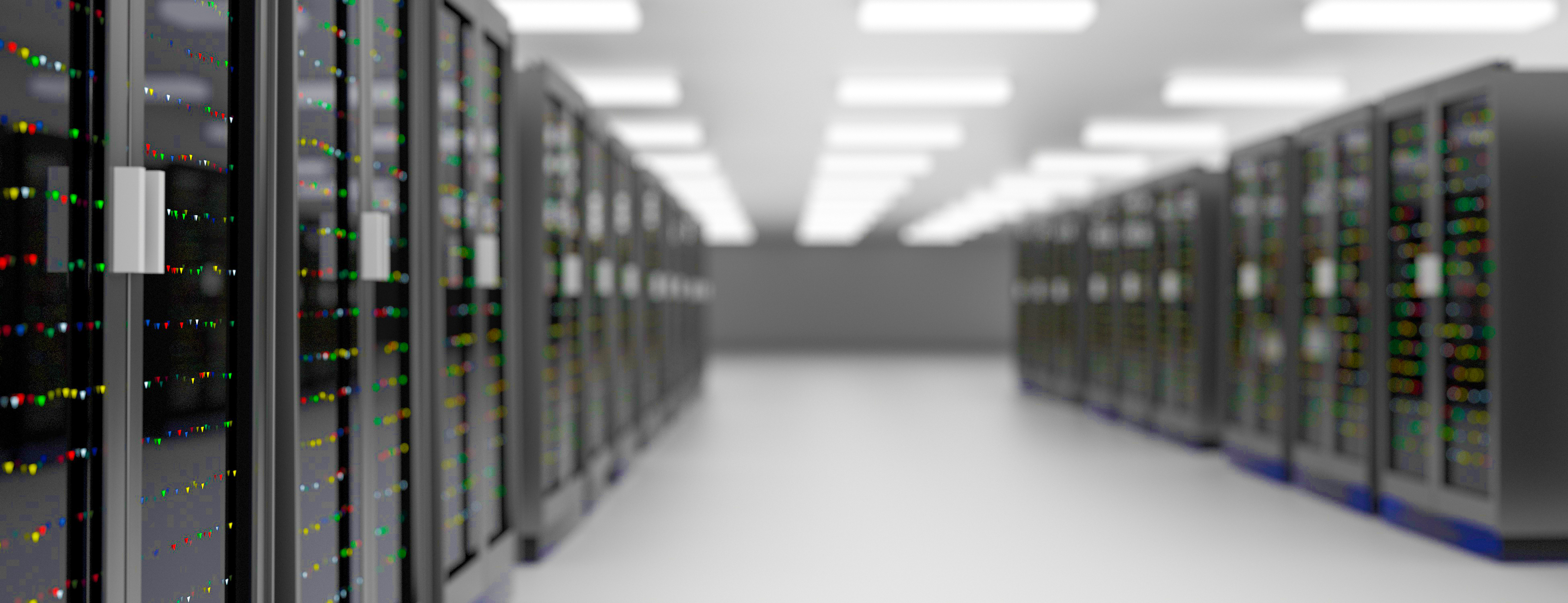
Data centre infrastructure management (DCIM) offers a window into the physical infrastructure of a data center – spanning asset management, monitoring and optimisation. It helps ensure the best performance from a facility and the IT equipment within it, while supporting important agendas such as environmental sustainability. But today, DCIM is also redefining the relationship between colocation providers and the CIO’s team.
Why does DCIM matter?
As infrastructures have become more complex – both on and off premise – DCIM tools have gained in importance. Even before the increased migration of data and applications into hosted environments, firms needed better visibility of their equipment, the associated power sources and the required connectivity. DCIM provides a clear window through which these can be seen.
Now DCIM is providing even greater value in a remote context. Frost & Sullivan has shown that 47% of organizations are using colocation services today, and that number is set to increase significantly. As more data and applications reside within hosted environments, DCIM gives the CIO confidence that they have complete control over their critical infrastructure. So what can DCIM do to enhance how organisations use colocation?
DCIM for asset & capacity management
An effective DCIM tool offers visibility at the data center, room and rack level, so you can understand exactly where a specific server is positioned. It ensures you can understand power consumption in nearby equipment, and gauge risk accordingly. And perhaps most importantly for many businesses in how they optimise their use of colocation space, DCIM helps you maximise your capacity utilisation. For example, IT teams can identify available connectivity ports on patch panels, unused plugs and underutilised power and space at the rack level. It can even help identify safe ways to introduce additional racks.
DCIM for monitoring
Given the importance of ensuring uptime, DCIM is also relied upon to identify issues and anticipate the need for repairs. This is achieved by assessing environmental conditions – including the temperature and how it varies, the hygrometry and the power consumed. IT teams can use historic data and trend analysis, alongside customisable alerting, to ensure they have full awareness of how the environment is performing. This makes response rates faster and changes easier – a compelling benefit for hosted spaces.
DCIM for power & resilience
IT teams can use DCIM to understand their infrastructure end-to-end from a power or fibre connectivity perspective. This can reveal anomalies, such as perceived diverse fibre connectivity is not as diverse as expected or IT equipment capable of dual power connection but which is currently only singularly powered. DCIM can therefore have a profound impact on how resilient the infrastructure is, thanks to numerous seemingly ‘small’ improvements being made.
Using DCIM to optimise colocation
In a typical scenario, you might expect to see enterprises or cloud providers using DCIM to manage their IT equipment, or data center operators using it to optimise their facility. But this approach leaves gaps within the overall management of the infrastructure. As a result, DATA4 has deployed its own DCIM solution – giving customers the benefit of full end-to-end visibility. This improves everything from understanding of power and fibre connectivity through to stronger commitment in environmental responsibility.
DCIM is not a new concept by any means. However as hosted environments play an ever-more important part in the infrastructure mix, DCIM will help firms to gain maximum benefit from a colocation strategy.

